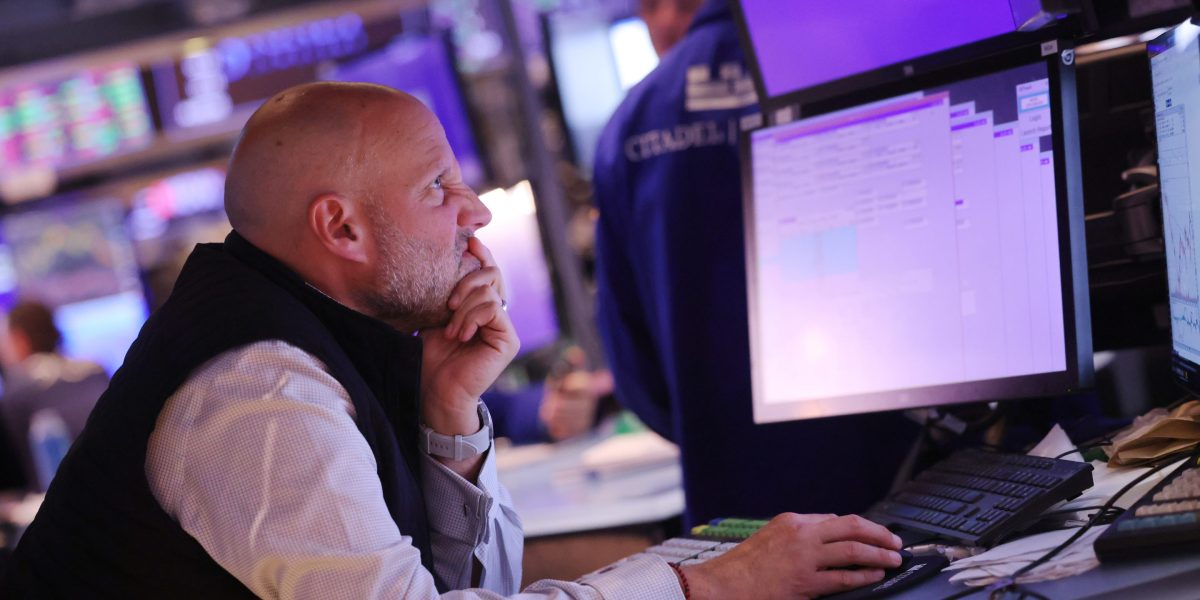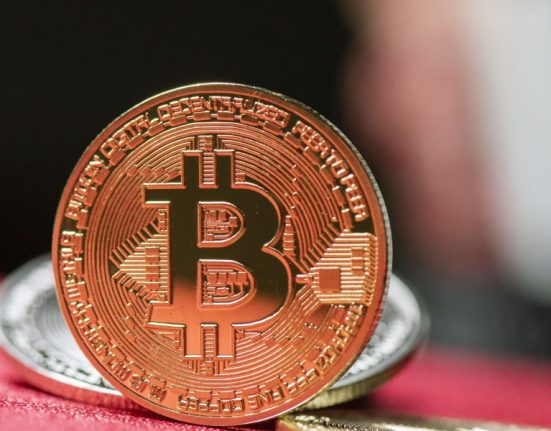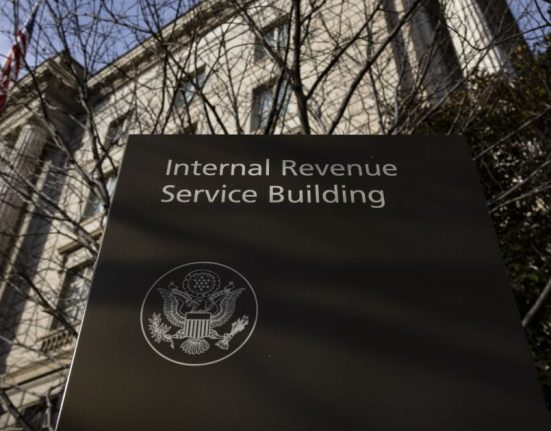A few days after the settlement cycle for U.S. securities returned to T+1—meaning “trading day plus one business day”—SEC Chair Gary Gensler called the conversion “historic,” saying the transition had gone “smoothly so far.” The move, he added, “will benefit investors and take risk out of the system.”
Switching from T+2 is “win-win” for hedge funds and broker-dealers, Lawrence White, a professor of Economics at the NYU Stern School of Business, told Fortune. But for retail investors outside the Wall Street elite, the change amounts to “small potatoes.”
“This is not a big deal, nor is it a major event—most won’t even notice it,” he added.
But what if the switch instead were to T+0? Although perhaps “small potatoes” to some, many in crypto see the T+1 move as symbolic—one step closer to settlements occurring the same day as trades, such as on, for example, a blockchain.
Responding to Gensler’s X post announcing the change, Ryan Selkis, founder and CEO of Messari, wrote: “Almost as good as crypto @garygensler. We should give you a demo soon.”
Almost as good as crypto @garygensler.
We should give you a demo soon.
— Ryan Selkis (d/acc) 🇺🇸 (@twobitidiot) May 28, 2024
Another X user, a Coinbase ambassador, added: “If only there were a technology that could settle instantly…”. Yet another pointed out that Solana settles in 0.8 seconds.
Robert Le, a crypto analyst at PitchBook, told Fortune that he has observed the frustration of traders pivoting between traditional equity markets and crypto markets due to differing settlement cycles. “I definitely think [crypto] has inspired him,” he says, referring to the SEC chair.
And a switch to T+0, at least for now, hasn’t been ruled out. “Distributed ledger technology,” Caroline Crenshare, an SEC commissioner wrote, “…in the near future may be both desirable and feasible.”
Wall Street’s ‘plumbing’
But in order to assess the case for T+0, it’s worth considering what settlement cycles are and why they exist in the first place. Often considered the “plumbing” of markets—a behind-the-scenes bureaucracy of sorts—a lag between trades and transactions allows sellers to deliver their securities certificates to broker-dealers (or they do it on sellers’ behalf), and buyers to deposit funds.
T+1 is technically a homecoming for Wall Street. During the 1920s, a decade defined by mass wealth creation and soaring stock market performance, the New York Stock Exchange traded under T+1. But it was forcibly extended to T+5 as the surging number of trades outpaced the time required to exchange paperwork: Back then, trading stocks and bonds involved physical certificates. But with the advent of the internet, it jumped to T+3 by 1995 and then to T+2 in 2017.
So what spurred the return to T+1? Le said “the biggest driver” may have been the recent meme stock frenzy.
In early 2021, a retail trader known as “Roaring Kitty” took to social media to coordinate a (legal) assault on Wall Street. Amateur traders were instructed to buy cheap stocks in ailing businesses like GameStop, AMC, and Bed Bath & Beyond, primarily via the online brokerage platform Robinhood. The goal was to leverage those shares against the short positions held by hedge funds. At the end of 2020, GameStop was trading for about $5. By late January 2021, it closed above $80 after reaching intraday peak of more than $120.
Brokerages are expected to front the cash for trades (also known as “post collateral”) during settlement periods. Brokerages like Robinhood are required to post collateral via a company called the Depository Trust & Clearing Corporation, or DTCC, that provides settlement services to market participants. But the sudden influx of billions of dollars in trades overwhelmed Robinhood’s reserves—the DTCC couldn’t settle them right away—and Robinhood was forced to halt trading of those shares.
“And, obviously,” says Lee, “ it was this huge uproar.”
Wow! What a crazy way to start the day.@RobinhoodApp and other platforms shut off buying $GME & $AMC + stock halted with 116,825,527 share volume in $AMC alone. This will be one for the history books. pic.twitter.com/BvGYQ9OJsi
— Mark Blackwell (@blackwellmark) January 28, 2021
When announcing the change to T+1, the SEC concluded that a shorter window lowers the odds that the buyer or seller might default before a transaction completes. For brokers, this means lower margin requirements and less risk that high volumes would force trades to screech to a halt.
Avoiding ‘a screw up’
For White, although there are compelling reasons to return to T+1, dropping to T+0 could introduce additional risks that offset any gains. He uses the analogy of buying a product from a store (a T+0 transaction): What if, once home, the buyer notices their purchase is damaged, or what if the seller realizes the dollar bill is counterfeit?
“There can still be—to use a technical term in economics—a screw up,” he says. Regardless of how advanced new technology may be, same-day settlements won’t necessarily prevent mistakes or fraud. T+1 means giving markets “a little bit of time to make sure everything is in order.”
Given that the global foreign exchange market still takes two business days to settle, switching to T+1 already misaligns it with U.S. markets Overseas traders now face the challenge of ensuring they have the funds in time to settle transactions. Pivoting to T+1 potentially puts at risk some $70 billion of forex trades each day—equivalent to 40% of daily flows—according to the European Fund and Asset Management Association.
It may be comparatively smaller stakes for most retail investors—but it doesn’t feel like smaller stakes to them. In 2017, peak daily retail flows reached $640 million, according to data by Vanda Research, a number that had more than doubled to $1.5 billion as of last year.
With more retail investors entering the trading world, the case for T+0 is arguably stronger with more and more of them requiring faster access to money.
“Sometimes retail investors need that money right away,” says Le. “Maybe they’re selling to cover for rent.”







